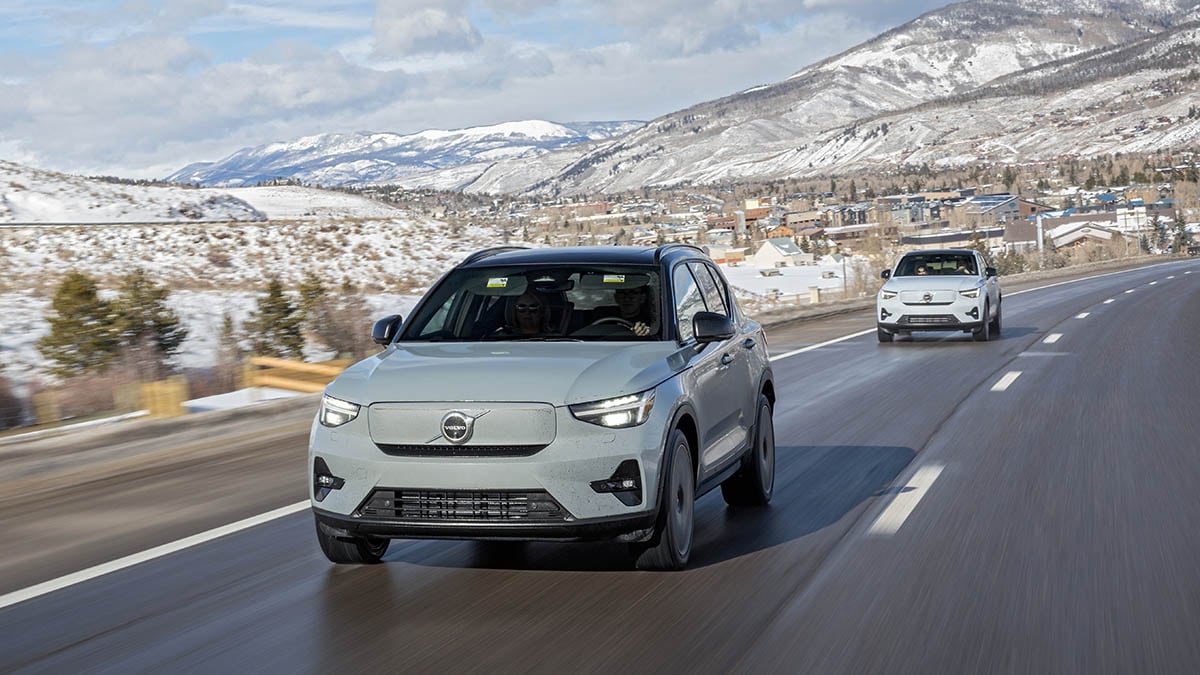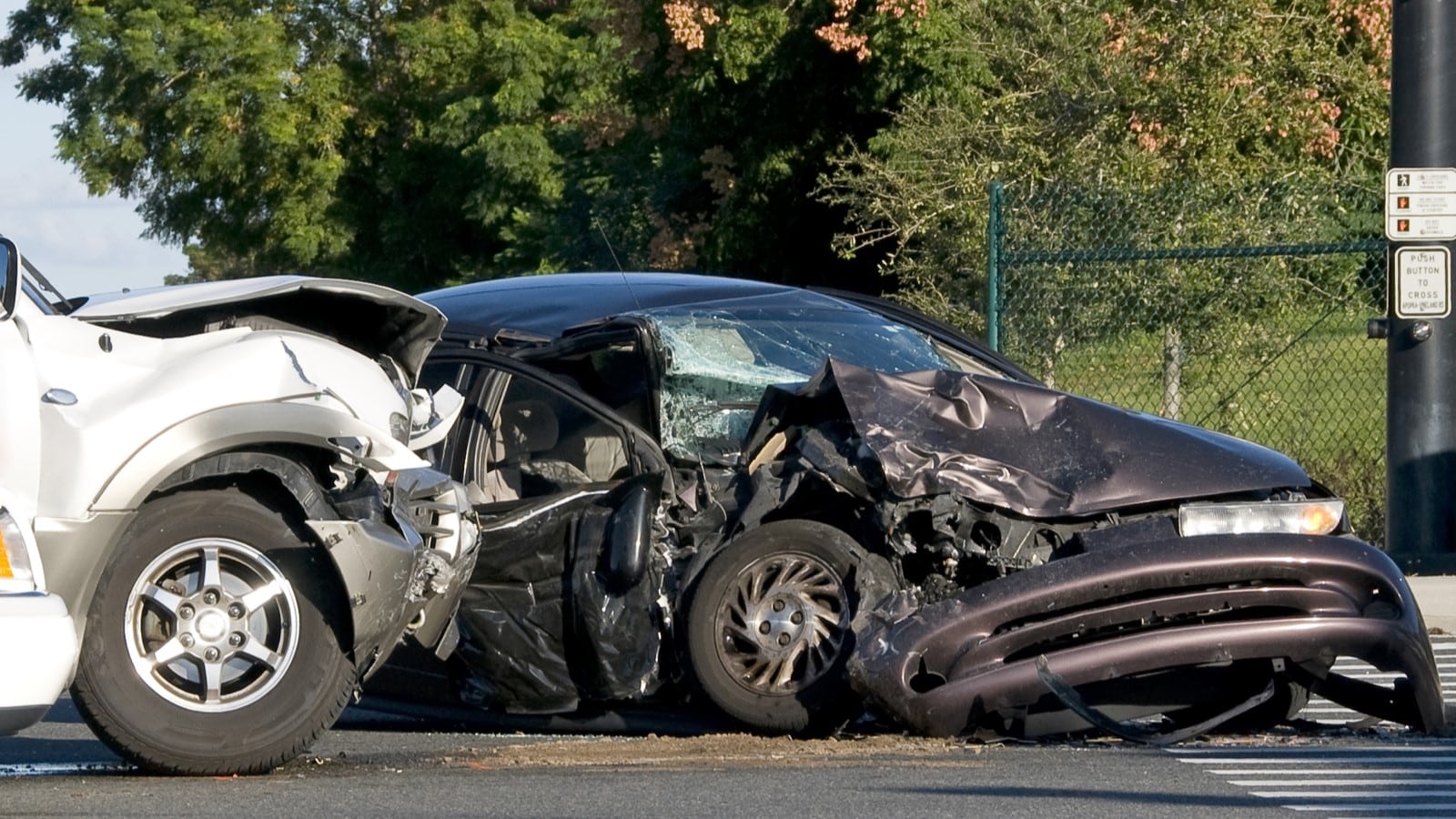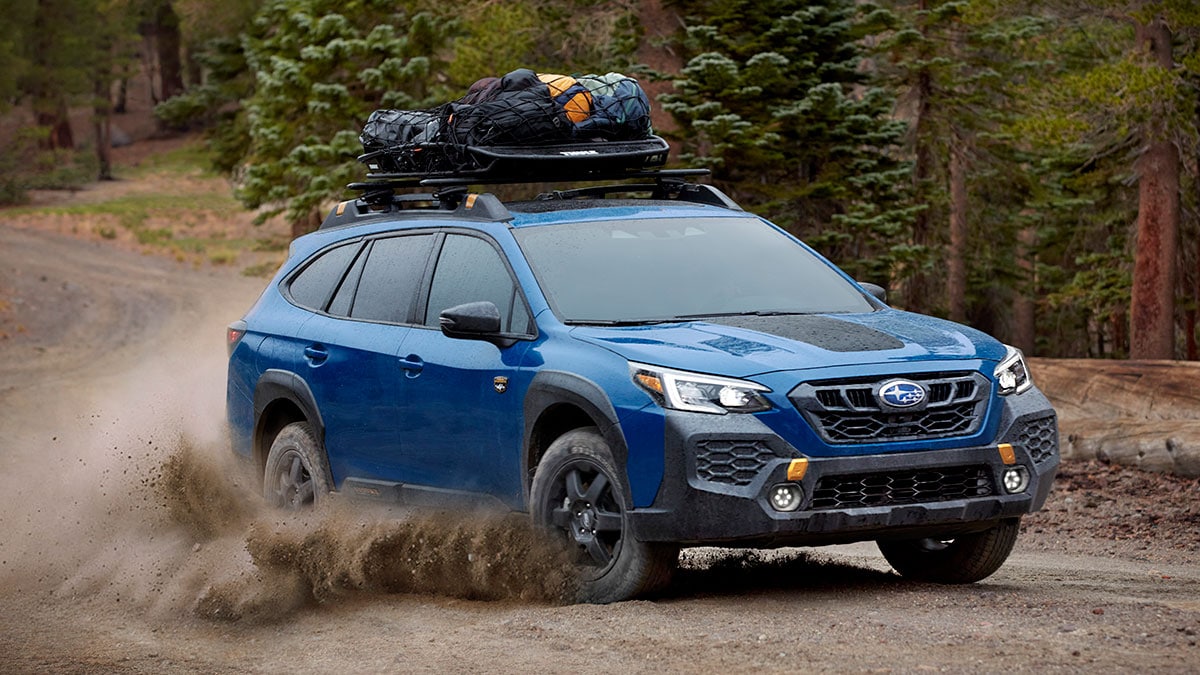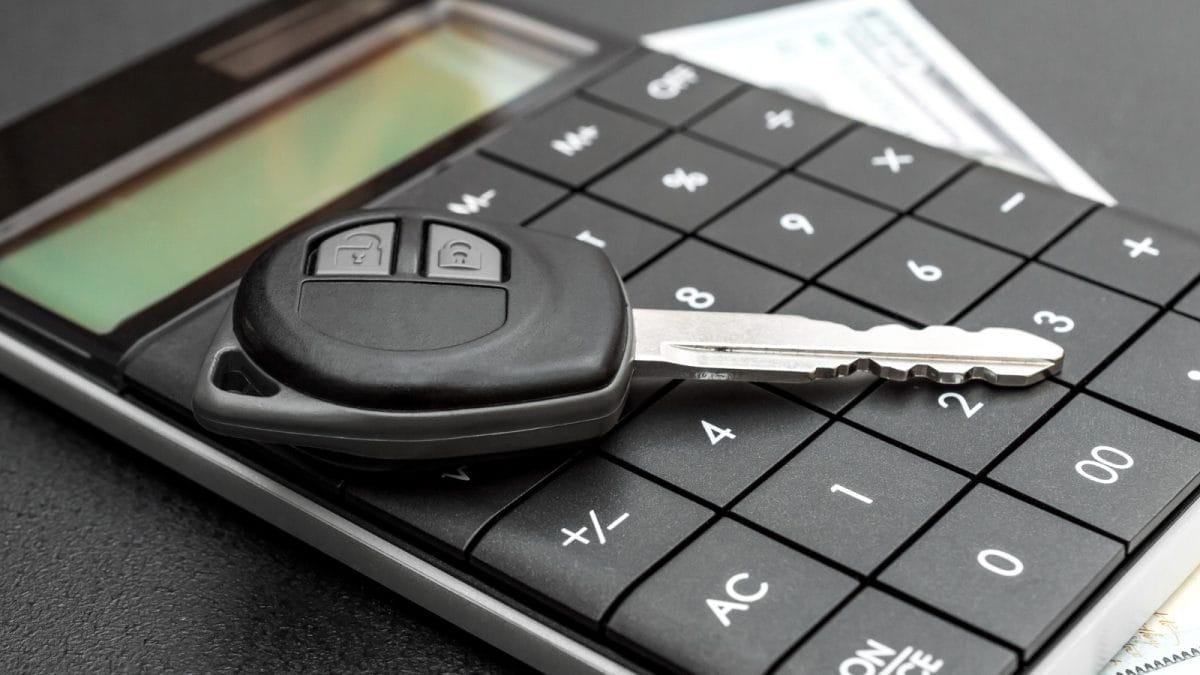Quick Tips About Winter EV Road Trips
- Plan for more frequent charging stops because of reduced battery range in cold temperatures.
- Have a backup plan for malfunctioning chargers and weather conditions forcing an itinerary change.
- Maximize your range by driving efficiently on the open road.
Reports of reduced range and problematic charging in cold weather may discourage some EV drivers from taking their electric car on a road trip in the winter months. While nightmarish tales exist, a more common fact is that taking a winter road trip in an EV can be comfortable, safe, and enjoyable.
Keep reading for some planning and preparation tips on taking an EV road trip in the winter.
Know Your EV
Consider the vehicle’s capabilities and limitations before deciding on a destination for a winter road trip in your electric car. Among them is the car’s range and, perhaps more importantly, how well the vehicle estimates its remaining battery life.
Feeling confident and being realistic about how far you can drive the car on a full charge is needed to figure out where you can go in the time you can devote to your trip.
I traveled more than 1,300 miles from Denver to Seattle in December to experience two fully electric cars from Volvo’s 2024 lineup — the C40 Recharge and XC40 Recharge. These single motor extended range models have estimated ranges of 297 miles and 293 miles, respectively. And the cars’ estimates for the remaining battery level at the destination were amazingly accurate during the trip.
Plan the Charging Route
Drivers might consider making more frequent charging stops when planning winter road trips because EVs lose range in the cold. One study found that many popular models kept an average of about 70% of their range in freezing conditions.
But EV range also varies for other reasons, including how and where you drive. For example, your range will decrease faster when climbing mountains or driving long stretches of interstate at highway speeds than when compared to stop-and-go city driving.
Keep these factors in mind when mapping your route and plotting charging stations. Apps and websites, including PlugShare, ChargeHub, and Google Maps, provide user reviews and charger status, making them good resources for planning your charging stops.
Have a Backup Plan
Have a Plan B. Complaints about charger reliability, or the lack of charger reliability, are all too common. Plus, car buyers purchased more than a million electric cars in 2023, which leads to a higher likelihood that you might need to wait for an available charger.
DC fast chargers are desirable on trips out of town. Still, your contingency plan should include knowing locations for emergency charging options.
Although winter weather can be unpredictable, monitor forecasts for your planned route and modify your itinerary to avoid poor weather conditions.
Slower Charging in Cold Weather
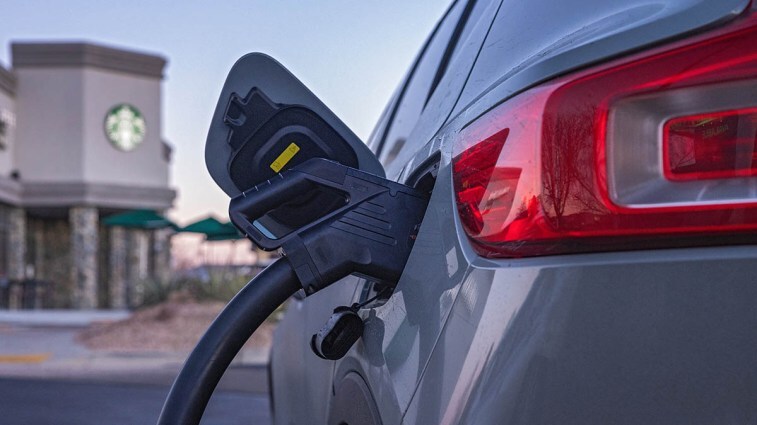
Some EV drivers still have range anxiety when hitting the open road. However, time anxiety regarding battery charging speed might be more common, especially in freezing temperatures when recharging takes longer. Build additional time into your itinerary, and remember that getting there can be half the fun. Look for charging locations at or near shopping centers, restaurants, or other attractions to use your waiting time well.
My trip across the Rocky Mountains and into the Pacific Northwest was well choreographed to showcase a partnership with Volvo and Starbucks. The route included stops at a dozen Starbucks locations with DC fast chargers powered by ChargePoint. The companies plan to eventually have chargers at Starbucks stores roughly every 100 miles along the scenic artery to provide much-needed infrastructure and give EV drivers a familiar place to relax while recharging their cars.
Vehicle Prep
As you should do before any journey, perform a basic inspection of the EV before your winter road trip and load the following essential equipment to prepare for cold temperatures and potentially icy weather.
- Check the tire pressure and ensure the remaining tread is adequate for winter driving.
- Top off windshield washer fluid and replace wiper blades, if necessary.
- Ice scraper and snow brush.
- Winter tires or snow chains.
- Boots, warm clothing, and blankets.
- Portable charging cable for emergencies.
- Flashlight and tools for minor repairs.
Drive Efficiently
Because cold weather reduces a car’s range, it’s even more important to drive efficiently to conserve an EV’s battery power and maximize your range during a winter road trip.
- Accelerate slowly.
- Take advantage of the regenerative braking system.
- Engage the car’s “Eco” mode.
- Avoid high speeds.
- Use cruise control on highways, weather permitting.
- Limit climate control and use seat heaters for comfort.
Enjoy the Ride
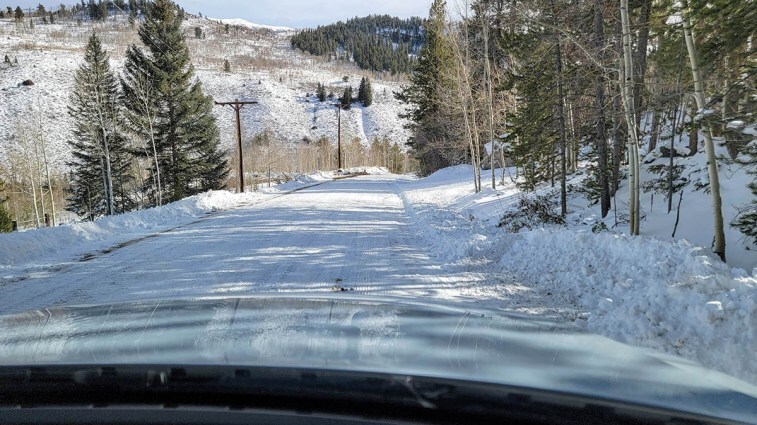
Taking a winter road trip in an EV is similar to a trip in a gas-powered vehicle — drive carefully, plan your route, and make adjustments when necessary. The biggest difference is the time needed to recharge the battery. Some drivers see longer and more frequent stops along the way as a disadvantage. Others might appreciate the chance to get off the road where they might not otherwise stop and stretch outside the car — weather permitting.

